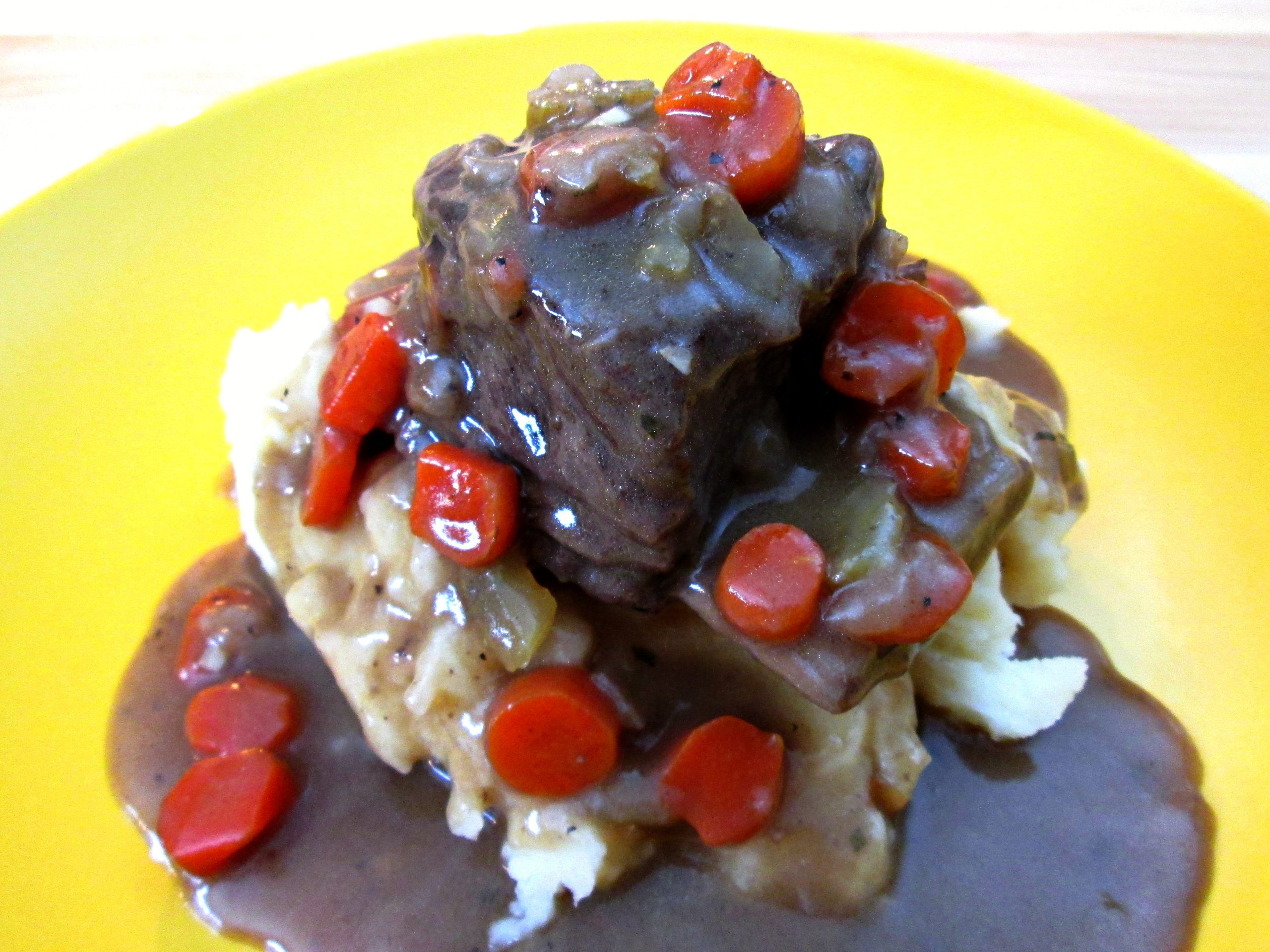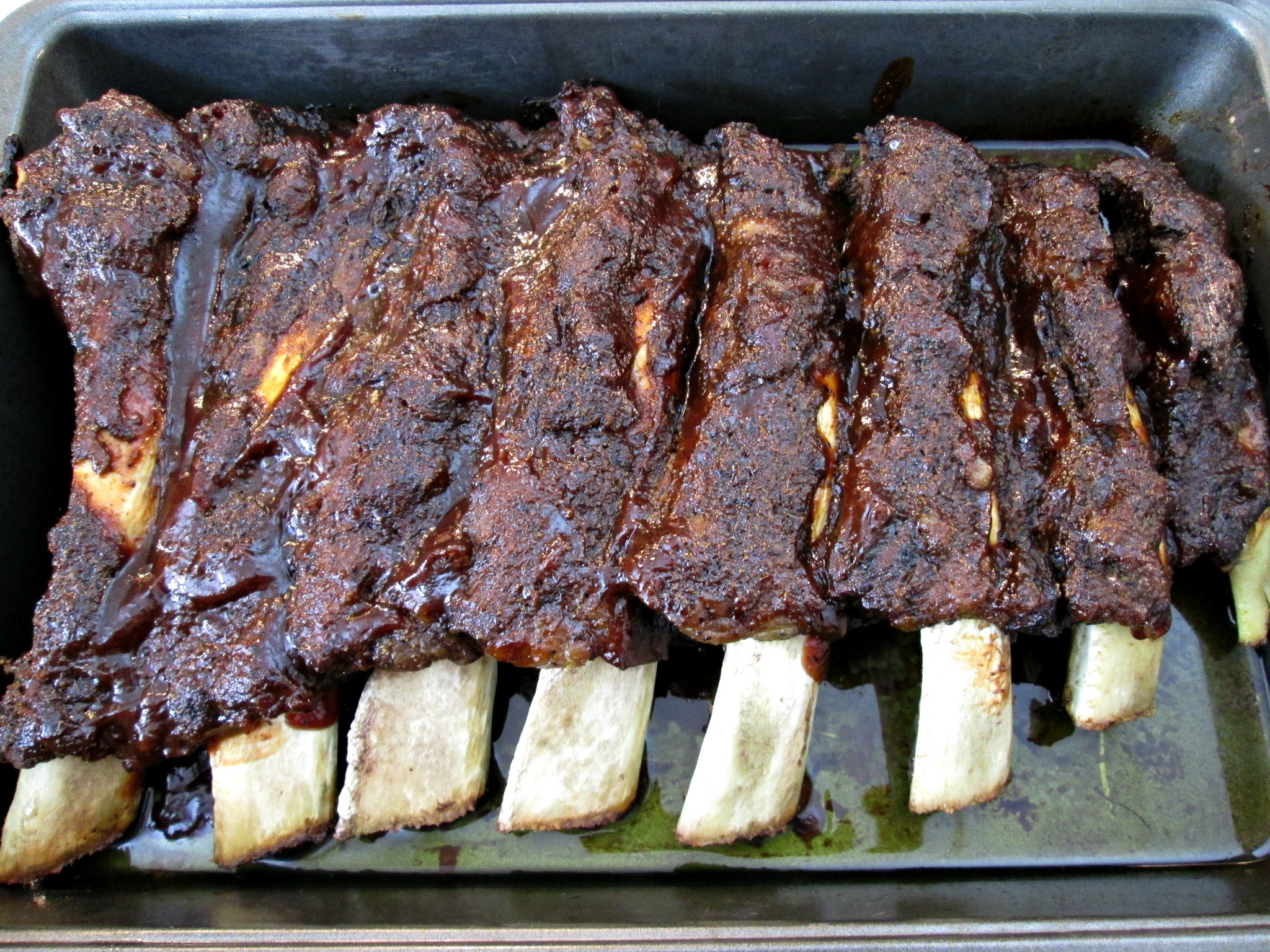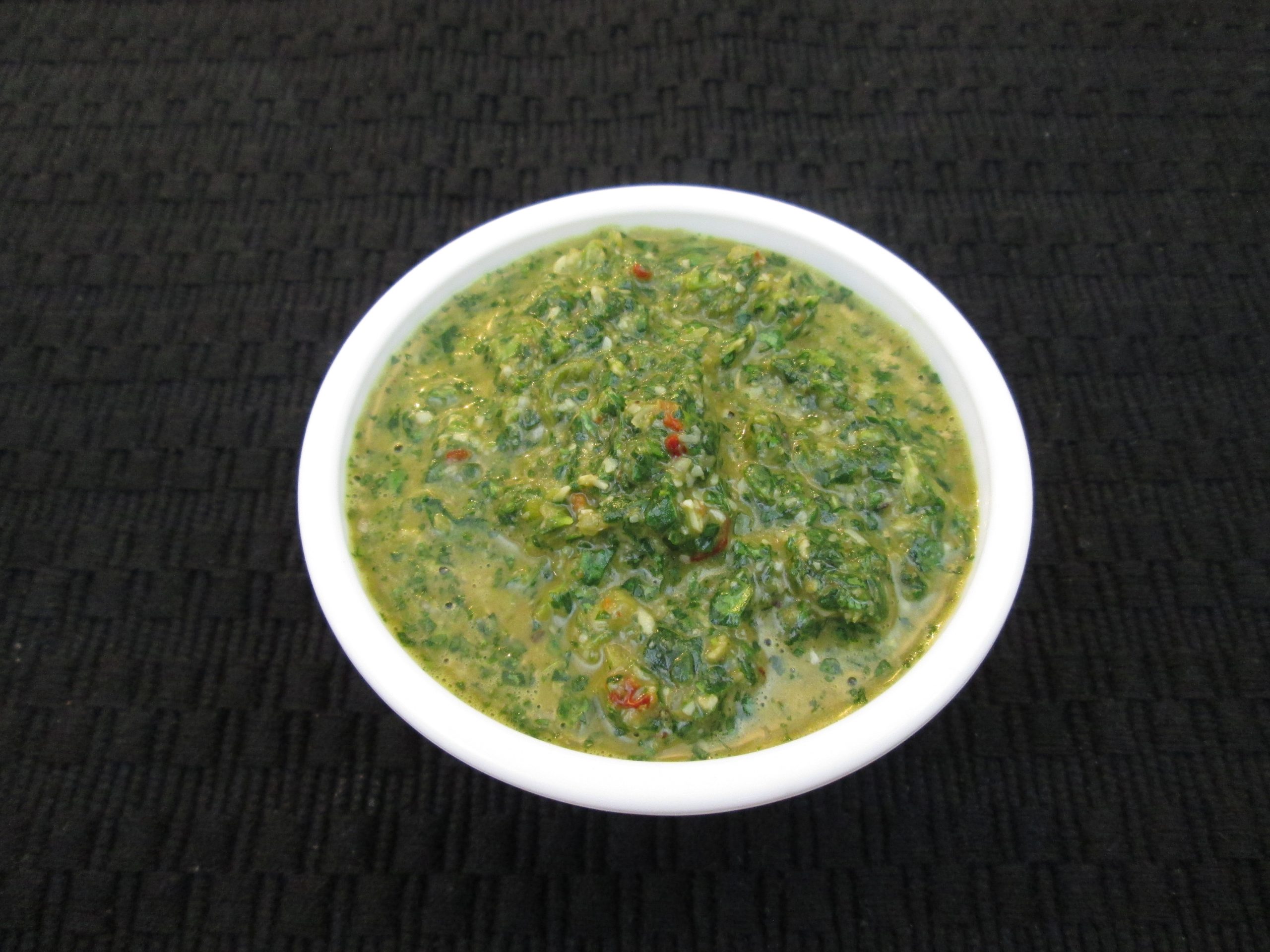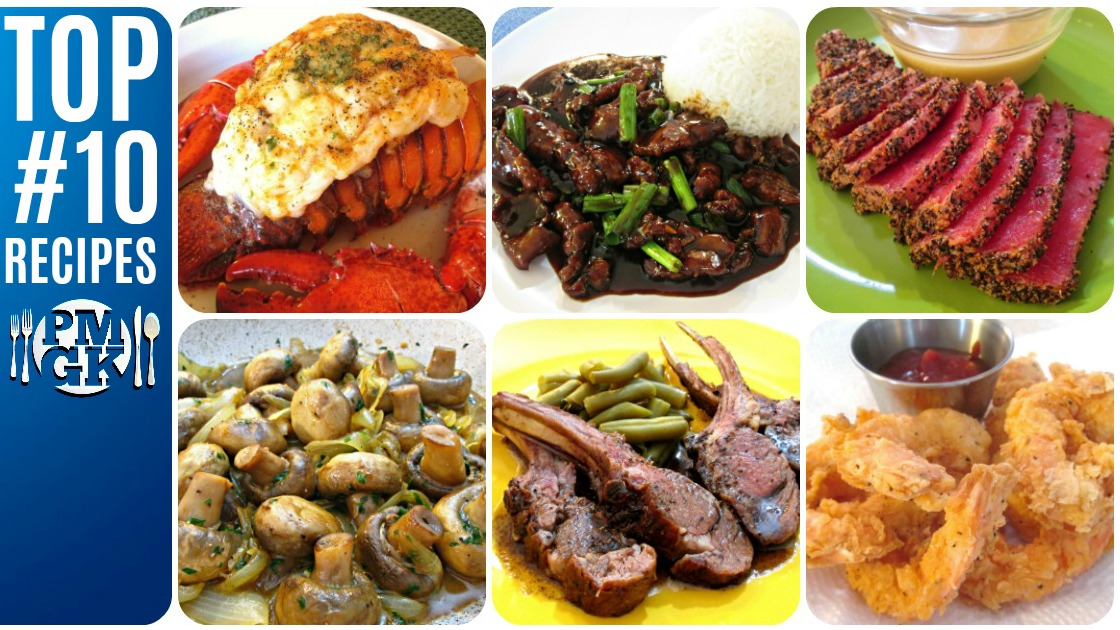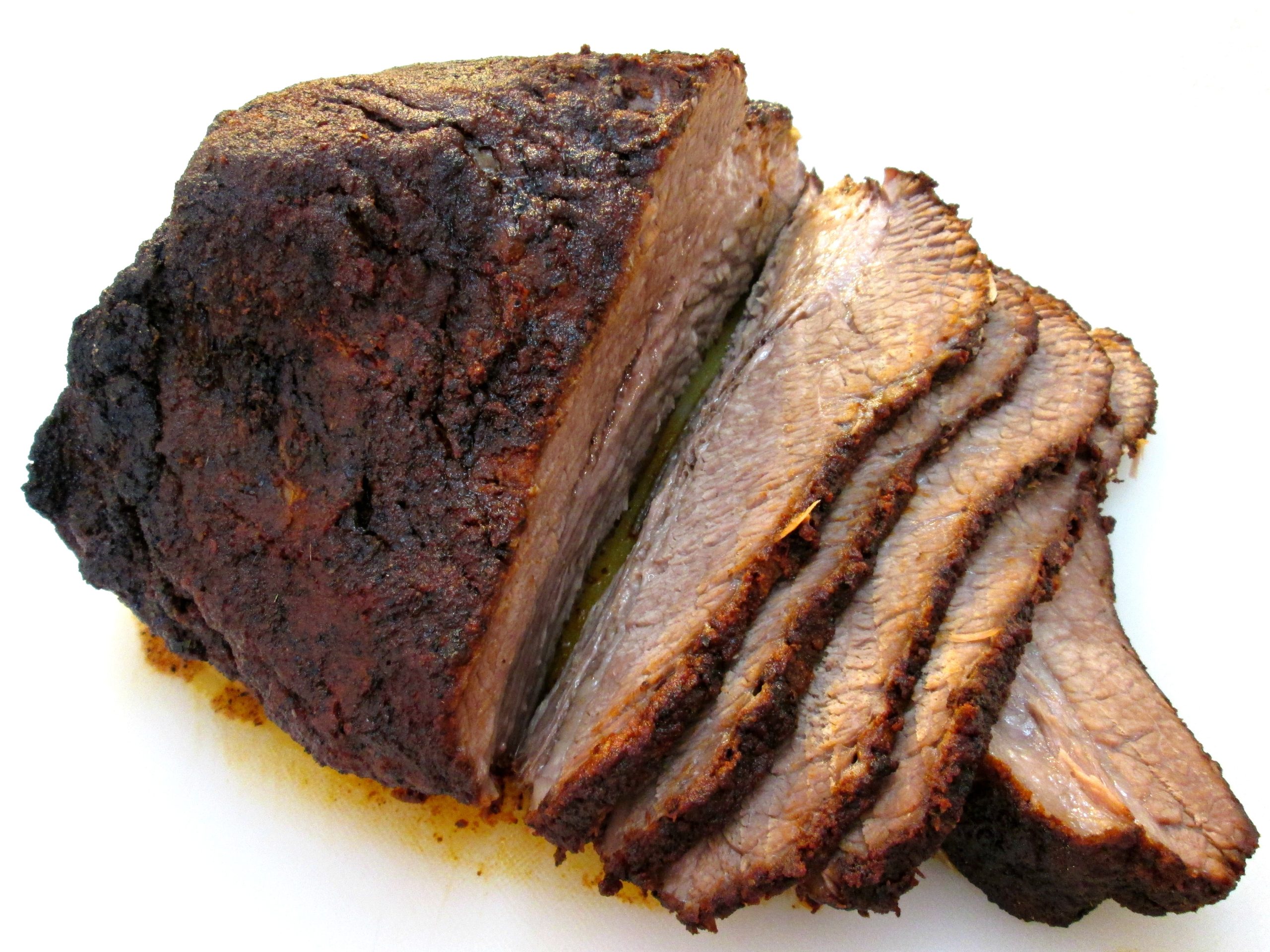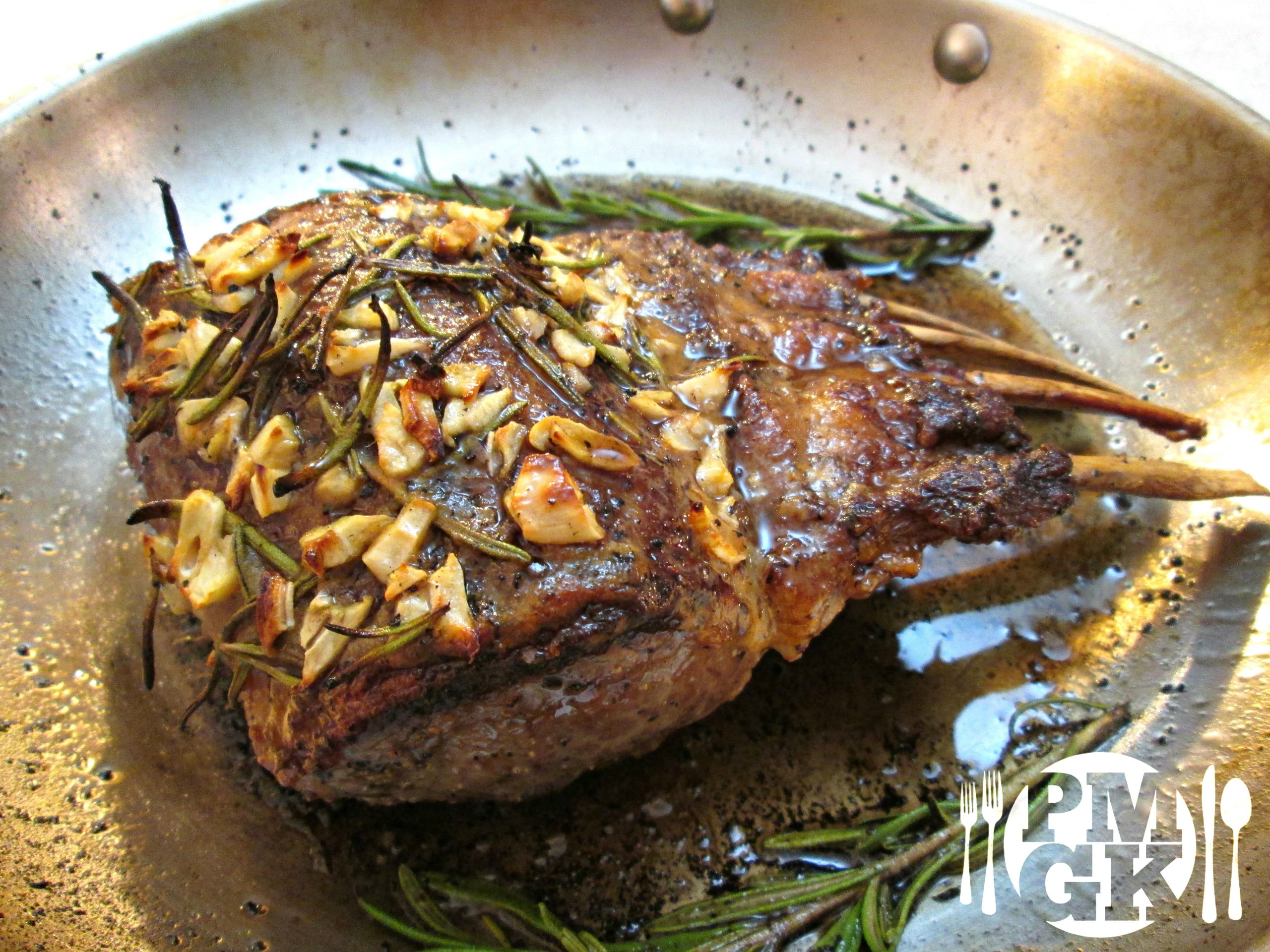
Boneless Ribeye Roast
The Perfect Ribeye Roast A Boneless Ribeye Roast is just the bulk of a Prime Rib with out ribs. So, what’s left? You got it, steak and it’s the easiest thing in the world to prepare. Olive Oil, Kosher Salt and Black Pepper is all you’re going to need to make a perfect roast but…

